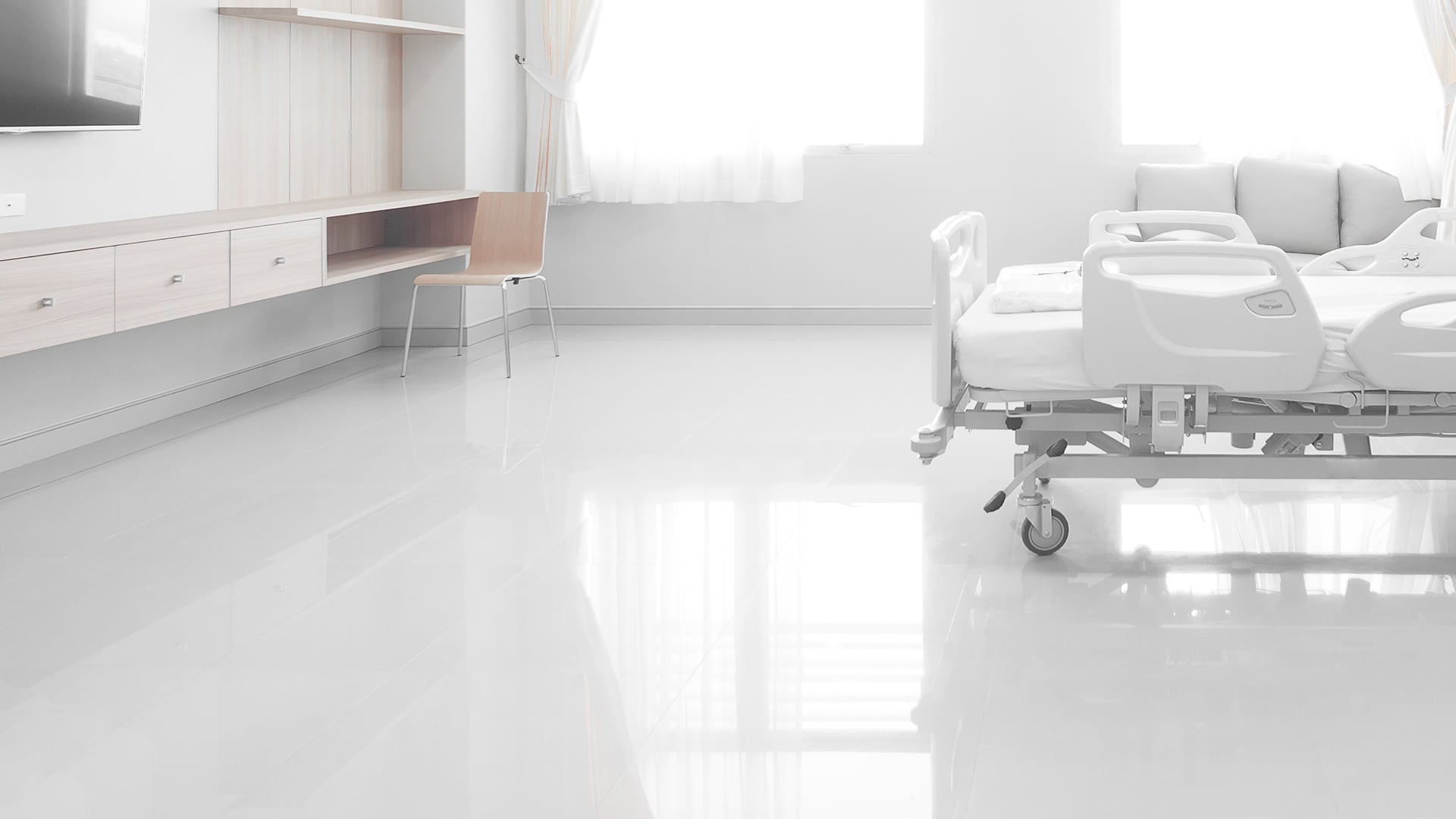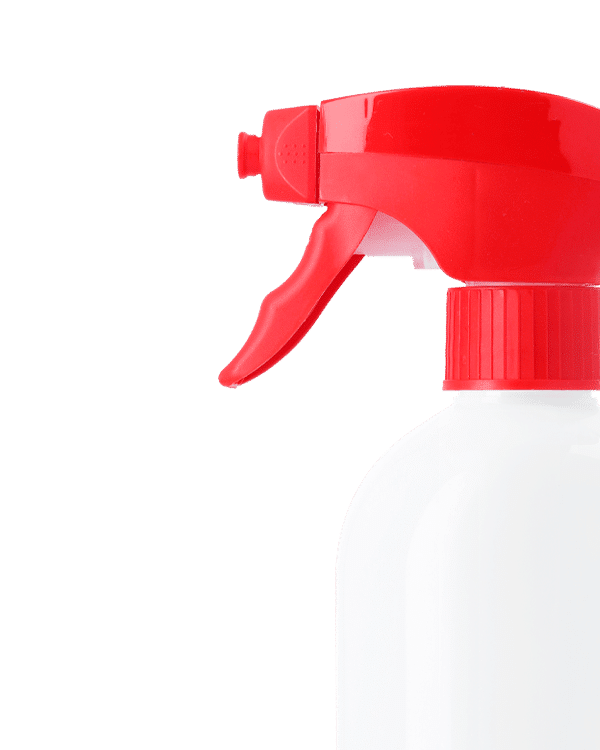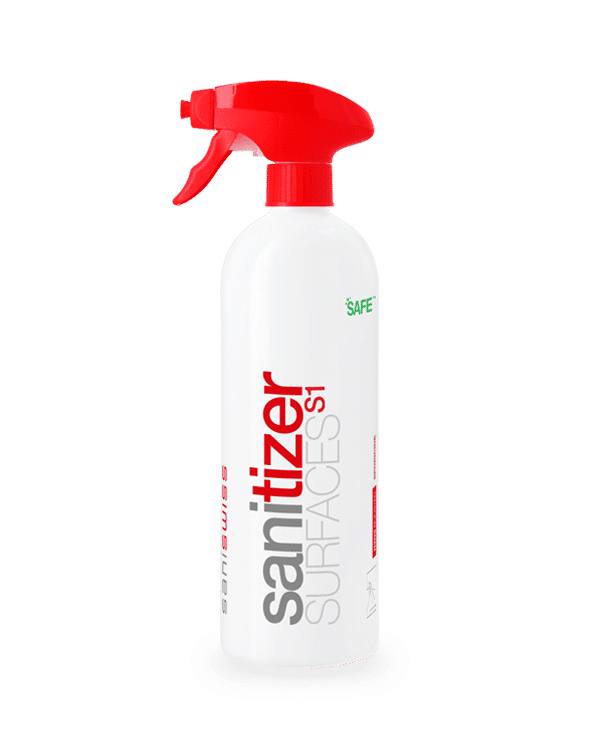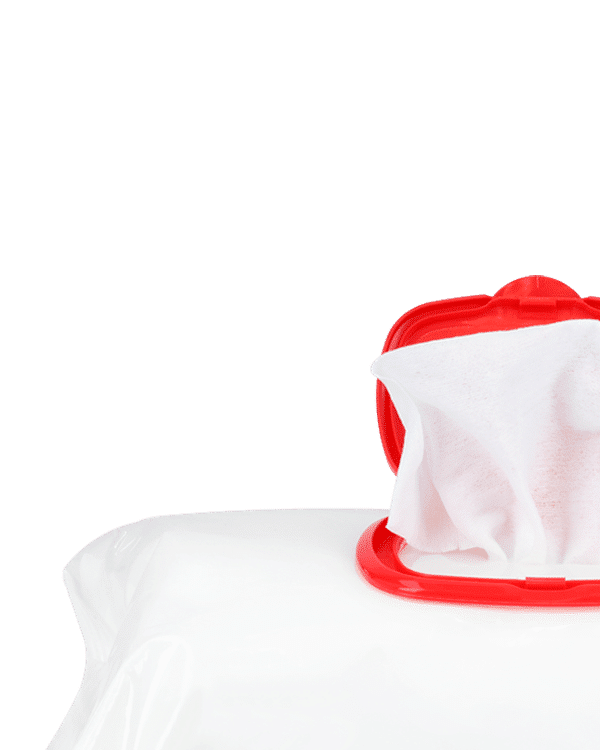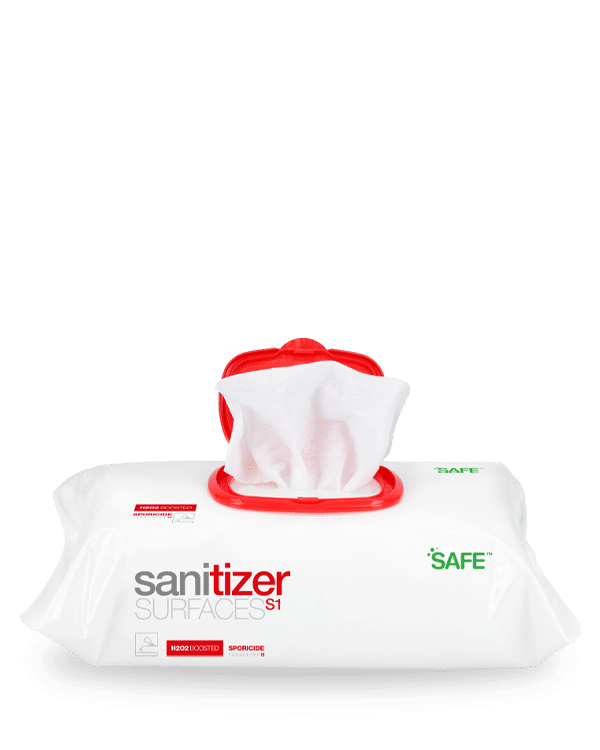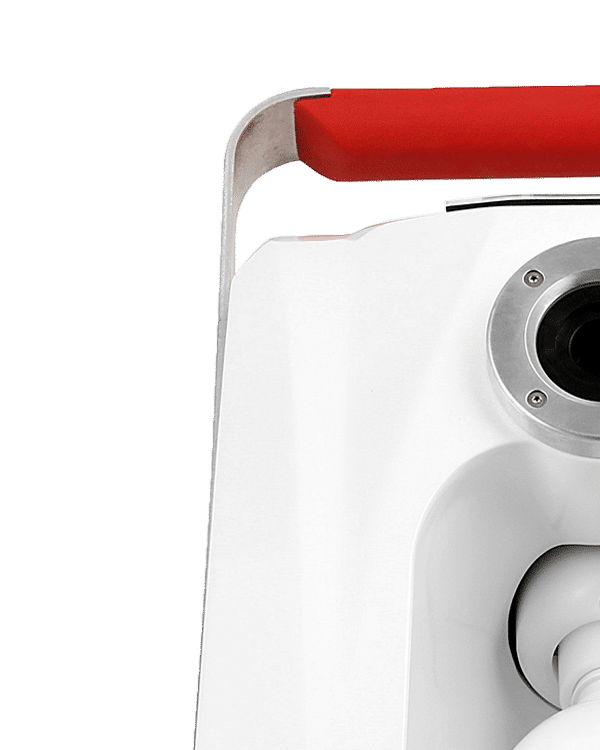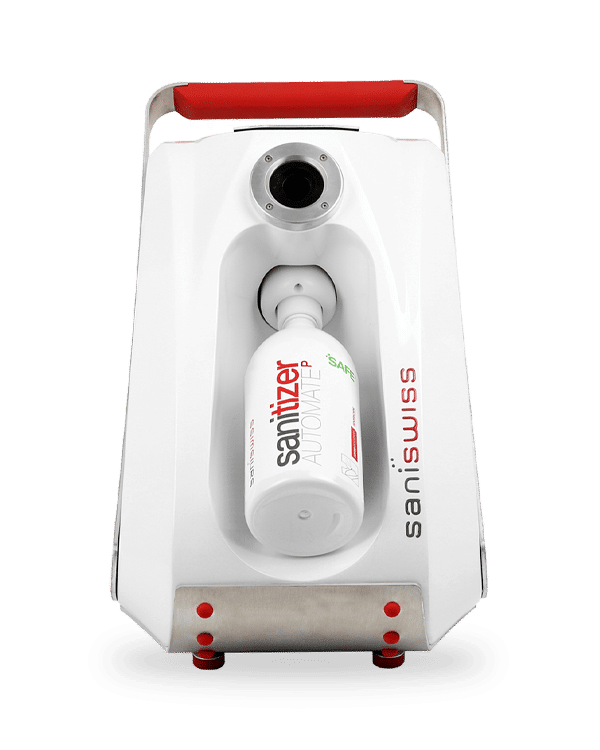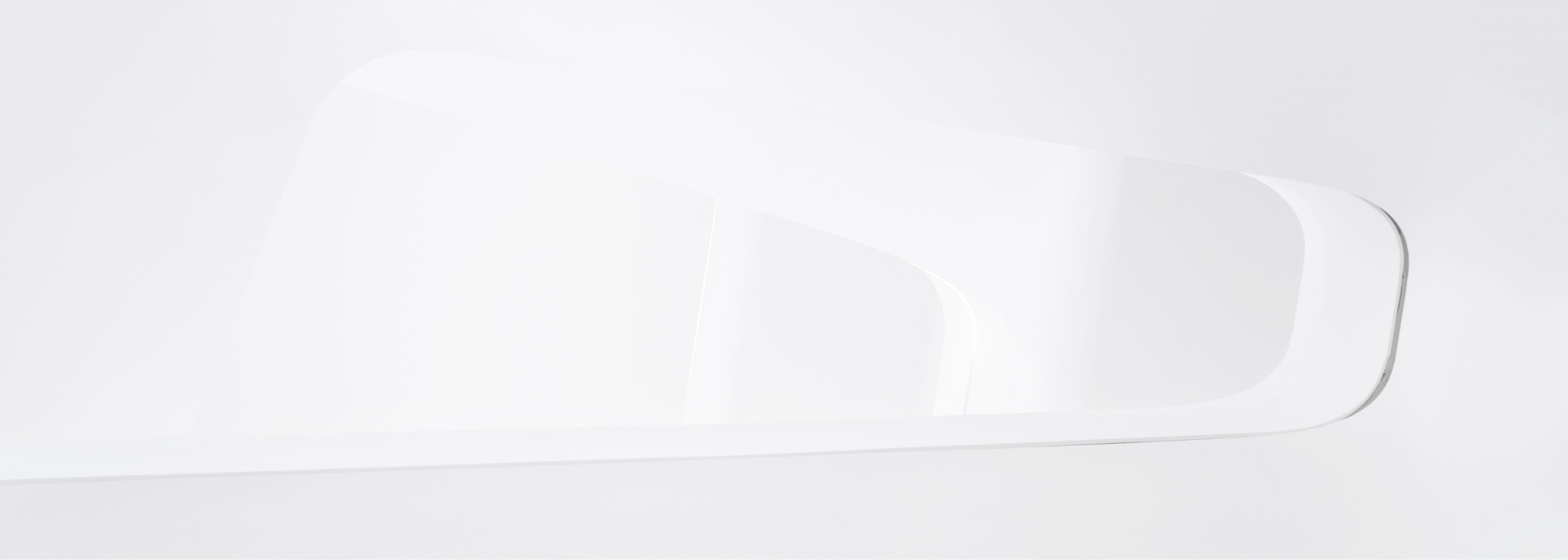For more than 25 years, it has been established that healthcare workers hands are a vector of cross infections. Since then, healthcare institutions have made a lot of efforts to improve their hand hygiene strategy, mainly by introducing alcohol-based hand rubs in the habits of the employees, with regular trainings and audits.However, even with the greatest efforts and a good hand hygiene compliance, nosocomial infections rate could not be reduced above 50% to 70%. Although cross infections happen mainly through direct contact with hands, there are other germs carriers, such as inanimate objects or surfaces. In fact, being in contact with the environment of an MDRO-infected patient is comparable with direct contact with the patient. Additionally, infectious microorganisms can persist for months on dry surfaces at concentration often higher than the infectious dose. In that respect, a room previously occupied by a patient infected with Clostridium Difficile is a risk factor for acquiring the same infection, even after his discharge. Similarly to hand hygiene, environmental hygiene is a real challenge, which can be overcome by playing on different elements: the choice of the right surface disinfection product, understanding better the human factor, and how to facilitate the implementation of such changes.
Most widely used active ingredients for surface disinfection
Disinfectants are antimicrobial agents that are intended for destroying microorganisms on surfaces. They can be divided into different groups depending on their main active ingredients, for example: alcohols, quaternary ammonium compounds, peroxides etc.
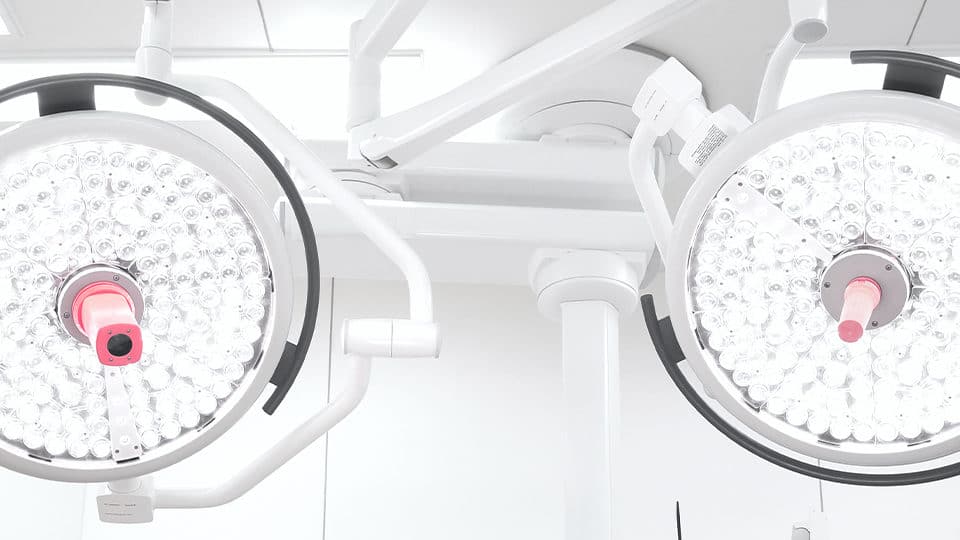
These groups can be compared based on MTCE (Microbiological, Technological, Clinical, Environmental) criteria.
- Alcohols, which are often mixtures of ethanol, propanol or isopropyl alcohol have a strong bactericidal activity and are also efficient against enveloped viruses. However, they are not efficient against other types of germs such as Clostridium Diff., and the compatibility with alcohols is quite restricted as it damages plastics. Moreover, exposure times that are necessary for a compliant disinfection, are difficult to meet with alcohols due to their high evaporation rate.
- Quaternary ammonium compounds or “quats” are widely used as alcohol-free alternatives. In terms of germicidal activity, they are efficient against bacteria (Gram+), enveloped viruses and fungus.
- Peroxides are well known for their wide microbiological spectrum : bactericidal, virucidal (enveloped and non-enveloped viruses), sporicidal and fungicidal. They are used as alternatives to quats-based alcohol-free products, because they are more efficient and they prevent biofilm formation. Moreover, it is an environmentally friendly agent because it spontaneously decomposes into mainly water and oxygen.
- Oxidative technologies therefore represent a method of choice, because of their very large spectrum, wide material compatibility for low concentration.
Environmental disinfection is a task that needs to be valued
Healthcare operators, who will use the surface disinfectant a lot, play a crucial role in the hospital environmental hygiene. They are accountable for the terminal cleaning after an isolation or for the disinfection of an operating theater for example, therefore each operator needs to be properly trained for these tasks.
However, due to economic reasons, hospital’s management departments often externalize these services. It is also a position where the turnover rate is high, making it even more difficult to achieve a good and reproducible hygiene compliance.
In any institution, changing employees’ habits always is the hardest part. Yet, a well anticipated change is easier to accept through education, by making operators aware of the risks of poor disinfection. Providing trainings on notions such as contact time, mechanical friction, and general information about nosocomial infections, to make them accountable for their work is essential for a proper change implementation.

Expectation versus reality ?
There is often a gap between disinfection guidelines and the time given for achieving them. They must be reviewed, simplified and adapted to the available resources, while keeping an eye on the quality of disinfection. Additionally, IPC managers are becoming aware that healthcare operators have too many disinfection products on their tray, and most of the time they do not use the right product for the right application. This brings into question the description of the ideal surface disinfectant for any healthcare institution:
The ideal surface disinfectant is an all-in-one product, that would score 100% on all MTCE criteria. It has a wide microbiological spectrum: bacteria, mycobacteria, yeasts, fungus, spores and viruses (enveloped and non-enveloped). It has a cleaning effect, to avoid inactivation by organic matter. It is safe for the user and for the environment, cost-effective, and compatible with all materials that can be found in a healthcare setting.
Industry is moving towards this type of technology, but there is potentially an existing product that corresponds exactly to the description.
Bibliography
- Peters, A., Otter, J., Moldovan, A., Parneix, P., Voss, A., & Pittet, D. (2018). Keeping hospitals clean and safe without breaking the bank; summary of the Healthcare Cleaning Forum 2018. Antimicrobial Resistance and Infection Control, 7, 132. doi:10.1186/s13756-018-0420-3
- Hayden MK1, Blom DW, Lyle EA, Moore CG, Weinstein RA. (2008). Risk of hand or glove contamination after contact with patients colonized with vancomycin-resistant enterococcus or the colonized patients’ environment. Infect Control Hosp Epidemiol, 29(2):149-54. doi: 10.1086/524331.
- Siani, H. & Maillard, JY. (2015) Best practice in healthcare environment decontamination. European Journal of Clinical Microbiology & Infectious Diseases, 34, 1. doi:10.1007/s10096-014-2205-9
- Boyce, John. (2016). Modern technologies for improving cleaning and disinfection of environmental surfaces in hospitals. Antimicrobial Resistance & Infection Control. 5. 10.1186/s13756-016-0111-x.
- Rutala WA., Weber DJ., HICPAC committee. (2008). Guideline for Disinfection and Sterilization in Healthcare Facilities (updated: May 2019). Retrieved from https://www.cdc.gov/infectioncontrol/guidelines/disinfection/
